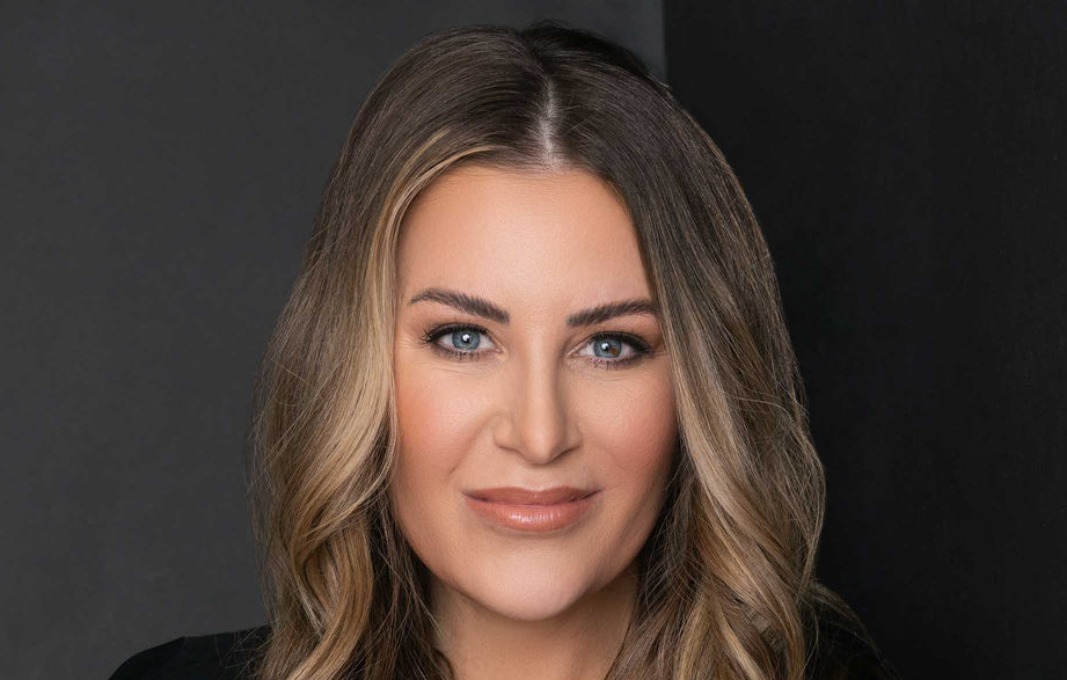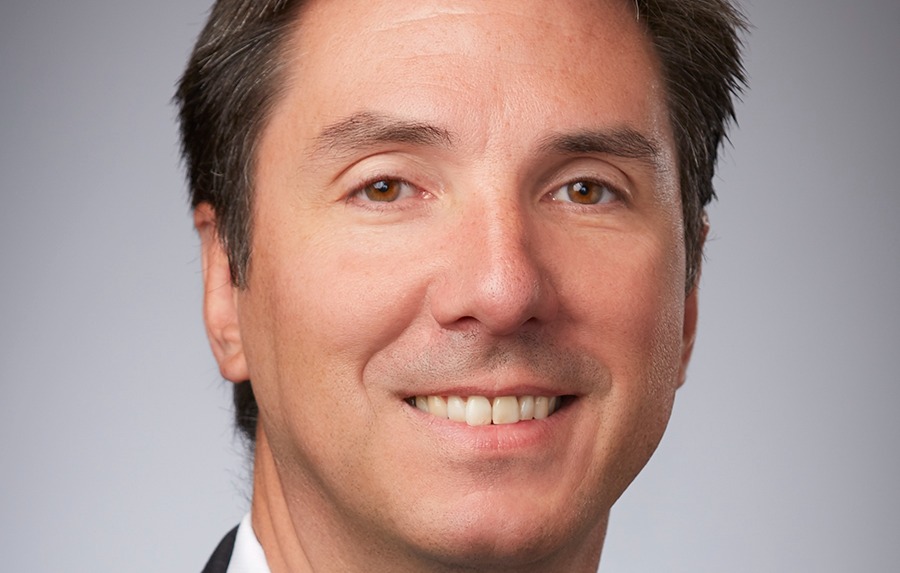Where employees do their best work—remotely, in the office or with a hybrid arrangement—is best decided on a case-by-case basis, says Jody Beaverson, chief people officer at ModMed, a medical practice technology company based in Boca Raton, Florida.
Beaverson spoke with StrategicCHRO360 about why she supports flexibility, how it’s connected to attracting and retaining talent, and why ModMed is focused on developing advancement opportunities.
Why are return-to-work and in-person work arrangements coming back in vogue, and how do employers balance that with the flexibility of remote work?
Over the last couple of years, we’ve seen a job seeker’s market. Demand exceeded supply, and companies were offering unprecedented packages and flexibility to attract and retain top talent. But now that the economy is changing and companies are cutting costs—and jobs—many companies are starting to emphasize the return to the office and in-person work.
That said, I think we’ll continue to see a demand from current and potential employees for workplace flexibility. Companies should listen to their team members and understand how and where they can work successfully. Workplace strategy is not a one-size-fits-all approach—leaders should be thoughtful about their workforce planning.
Remote and hybrid work can be a big draw for potential employees, but I believe it is still important to encourage and provide opportunities for in-person collaboration. We’ve learned a lot from the past three years. We know that employees can be productive when working remotely. Still, we also know that culture, relationship-building, collaboration and innovation can suffer if you don’t find ways to bring people together.
At ModMed, once a month we invite our new team members to a “Newbie Experience” where they are immersed in the company culture, have an opportunity to meet their teams and the company executives, and can learn more about the company in person.
What should executive leadership analyze first when an organization’s employee turnover rate begins to heighten?
When we start to see an increase in employee turnover, leadership should look at exit interviews to identify the root cause. However, to get ahead of turnover, keep the rate low and maintain employee satisfaction, organizations should consider conducting “stay interviews” as well.
As important as it is to know why employees are leaving, it’s equally—if not more—important to understand how employees feel while at the company. This helps to understand what’s keeping people there, which internal initiatives are working, and potential areas of concern and opportunities for improvement to be addressed before the employee looks elsewhere.
Outside of regular engagement surveys and other feedback loops, stay interviews are a great approach to obtain feedback from existing employees and show the team that management is listening to their concerns and implementing improvements. Companies must continue to analyze their current teams, ensuring a company culture and environment that encourages employees to stay.
What is your advice for other HR leaders as the economy shifts in the coming year?
First, stay current on the latest economic trends, such as wage growth, inflation and unemployment. Anticipate changes in the job market and adjust recruitment and retention strategies accordingly.
Second, listen to what your prospective and current employees are saying. What are they looking for in their employer? As the economy is shifting, employees are rethinking their expectations. Employers who offer creative and competitive benefits have a strong tool for hiring and retaining talent.
Additionally, although employees want flexible and remote options, they also want to engage with colleagues, creating a need for the right tools to foster consistent collaboration, whether in person or virtually. HR leaders should focus on digital enablement and invest in technology that brings people together.
What are you doing at ModMed to emphasize employee growth and retention?
One important focus area for me is developing clear career paths and advancement opportunities to help employees understand how they can grow their careers with ModMed. Career development is essential and can be a deciding factor for potentially pursuing roles at other organizations. Employees want to see advancement opportunities, but not all employees necessarily want to go down a management path, so it’s important that there are clearly established growth paths to pursue.
In addition to management paths, employees at ModMed can continue to grow and make meaningful contributions as individual contributors through a wide range of avenues. It’s important that employees can see their opportunities to advance internally and understand that they have different options to grow with us. And as we focus on employee growth and advancement, we must also look at leadership development. Leaders play a significant role in an employee’s career, and it’s essential for the company to support leaders in their personal development.








